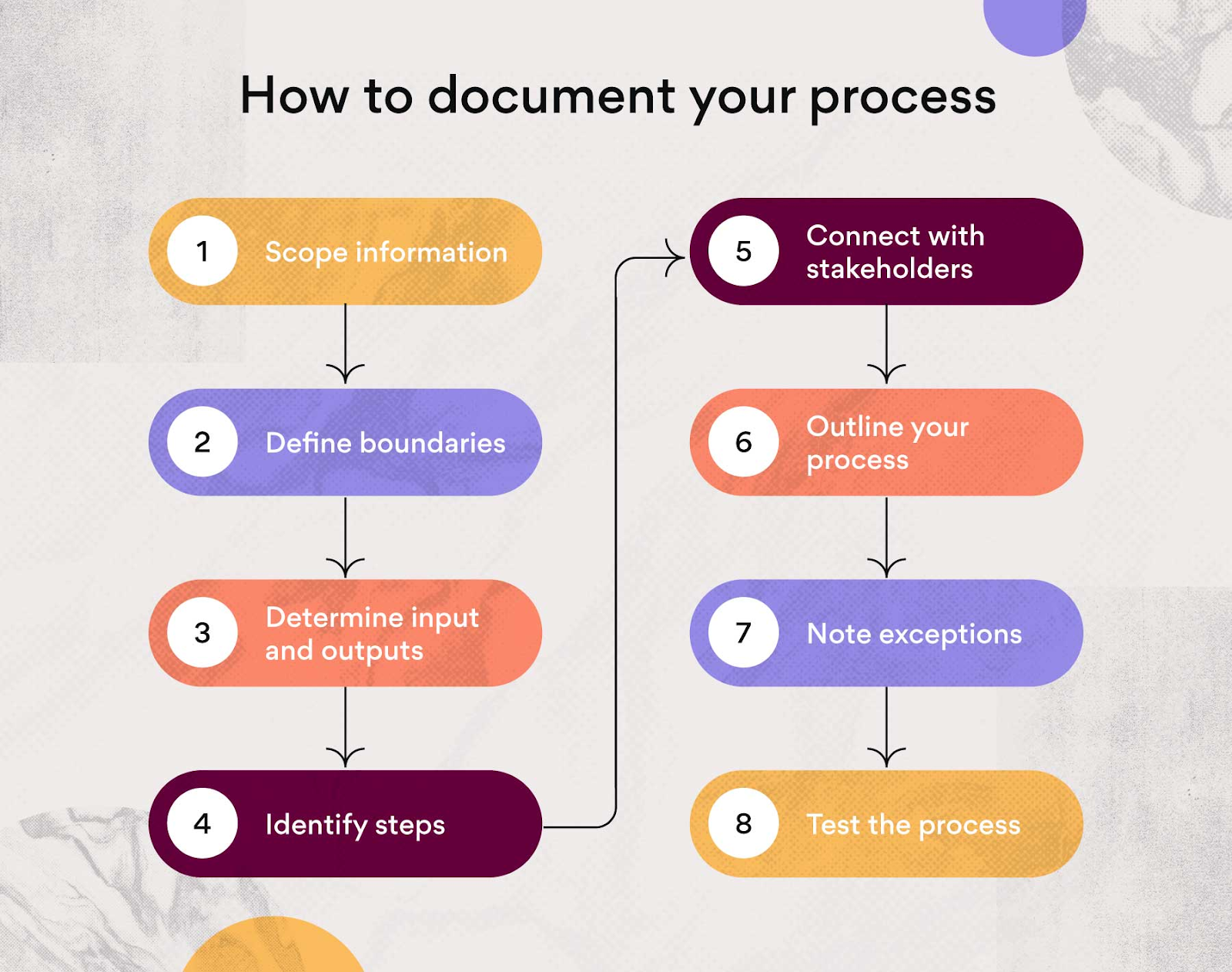5 Essential Documents to Include When Sending Equipment Out of Service

⚠️ Note: This post is a fictional example. Make sure to adjust the content according to actual service and equipment details if applicable to your context.
When dealing with equipment that requires maintenance, repair, or decommissioning, having the right documentation is crucial. Proper documentation not only ensures that the process is carried out efficiently but also helps in maintaining a clear record of what has been done, by whom, and when. Here are five essential documents you should include when sending equipment out of service:
1. Equipment Inspection Report

Before any piece of equipment leaves your facility for servicing, an Equipment Inspection Report should be completed. This document serves multiple purposes:
- It records the current condition of the equipment, noting any visible damage or issues.
- It helps to establish the baseline for comparison upon the equipment's return.
- It provides details about the equipment's make, model, serial number, and any distinguishing features.
An inspection report typically includes:
- Date of inspection
- Equipment details (make, model, serial number, etc.)
- Observations from the inspection (damages, operational status)
- Recommendations for repair or maintenance
- Inspector's name and signature
2. Maintenance and Service History

Maintenance and Service History is vital for providing context to the service provider. This document should outline:
- The entire service history of the equipment including dates of previous maintenance or repairs.
- Any modifications or upgrades done to the equipment.
- Details of who performed these services and where.
Having this history can help:
- Identify patterns of failure or recurring issues.
- Inform the service provider of what has already been attempted, saving time and effort.
3. Service Request Form

A Service Request Form specifies exactly what services are needed. This document should:
- Detail the problem or issue with the equipment.
- Include any specific requests for parts replacement or upgrades.
- Provide contact information for communication during the service process.
This form ensures:
- The service provider understands the scope of work required.
- There is an agreed-upon plan before the equipment leaves the premises.
4. Warranty and Insurance Information

Including Warranty and Insurance Information is key to managing costs and liabilities:
- If the equipment is under warranty, details about the warranty coverage, what it covers, and for how long.
- Current insurance policy details, including coverage amounts for theft, damage, or loss in transit.
This information helps:
- To ascertain if certain repairs or replacements are covered, potentially reducing service costs.
- To navigate insurance claims if necessary.
5. Transportation and Handling Guidelines

Equipment often requires special care during transportation. The Transportation and Handling Guidelines document should specify:
- How the equipment should be handled, packaged, and transported to prevent damage.
- Any special certifications or training required for those handling the equipment.
- Preferred carriers or service providers who have experience with similar equipment.
This document is critical to:
- Ensure the equipment arrives at the service location in the same condition it left.
- Minimize the risk of damage, which could increase costs or delay the service.
In conclusion, the above documents play an integral part in the life cycle management of industrial or commercial equipment. They not only facilitate smooth and effective service processes but also provide a legal and operational framework for equipment handling. Ensuring these documents are in place and up to date will streamline the process, provide transparency, and maintain accountability.
Why is an Equipment Inspection Report necessary?

+
The Inspection Report is essential to document the equipment’s condition before it leaves your facility, ensuring any damage or issues are noted for future reference or comparison.
Can I skip the Maintenance History if it’s a new piece of equipment?

+
Even if the equipment is new, you might want to include any pre-service check or initial setup notes to give the service provider a baseline.
What happens if the equipment gets damaged in transit?

+
Having insurance information readily available helps navigate through the insurance claims process, ensuring the damage is documented and addressed appropriately.
How should I handle proprietary or sensitive information in the documents?

+
Ensure that sensitive information is redacted or handled according to company policy, using non-disclosure agreements if necessary with third parties.



